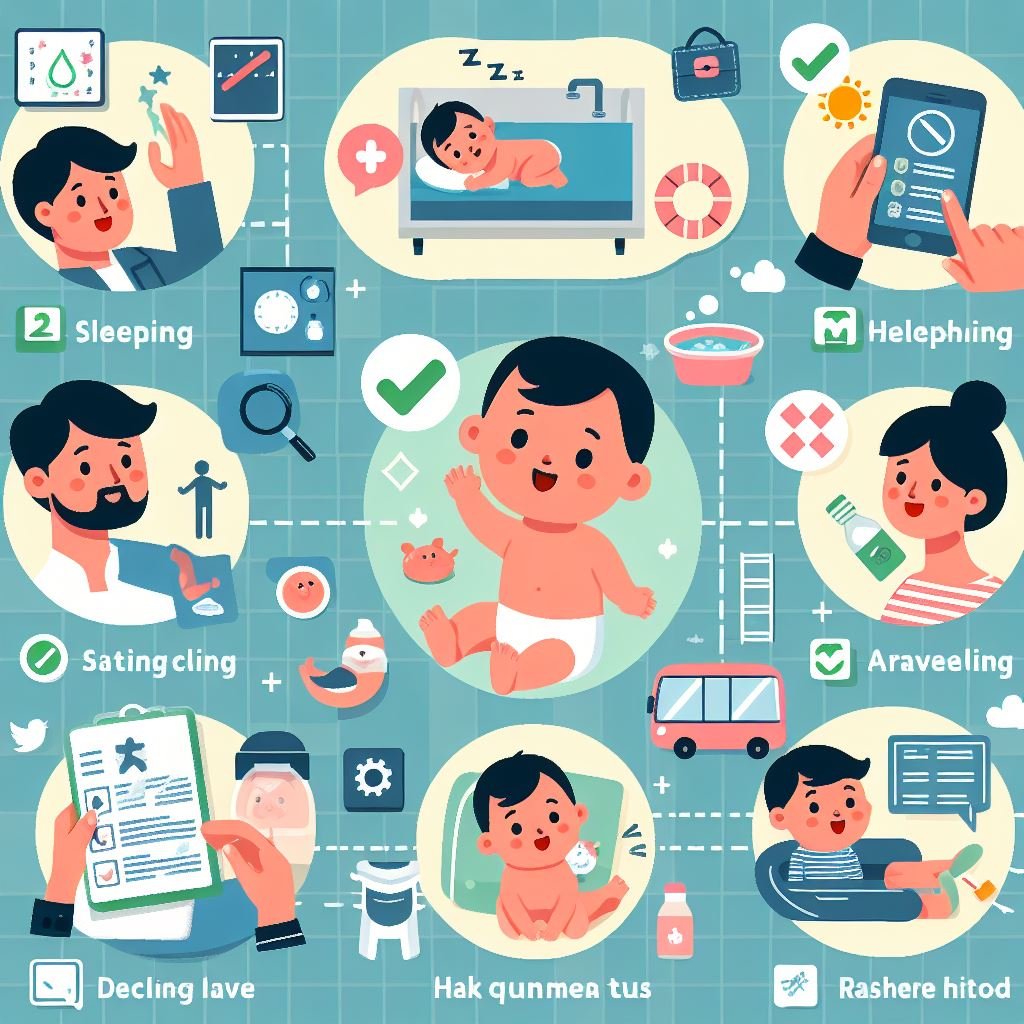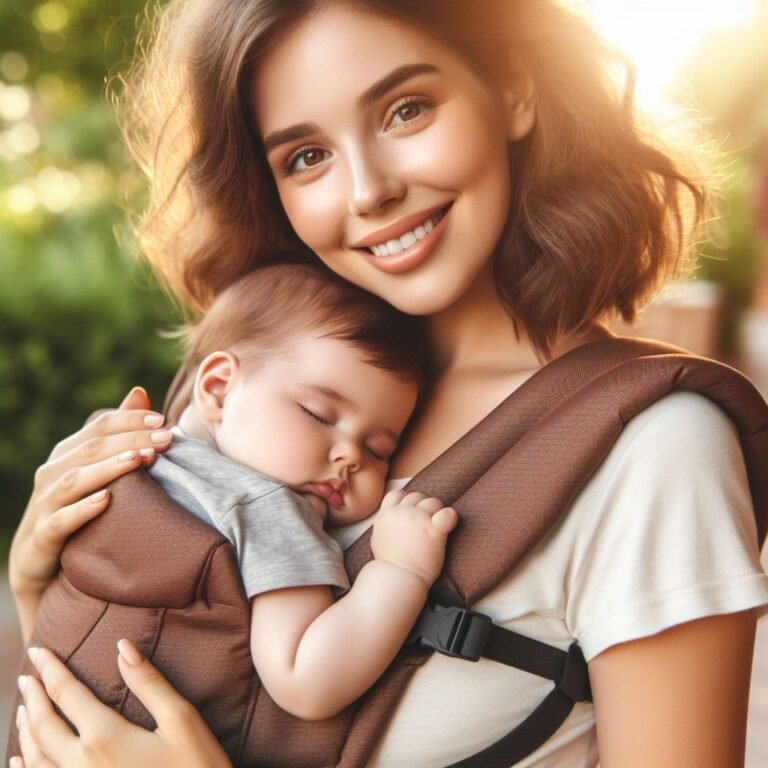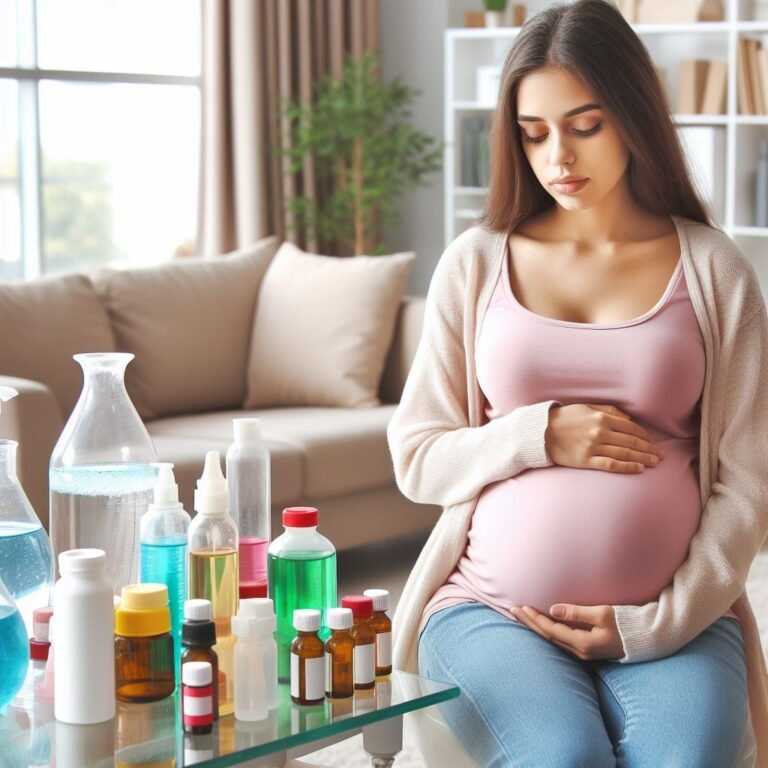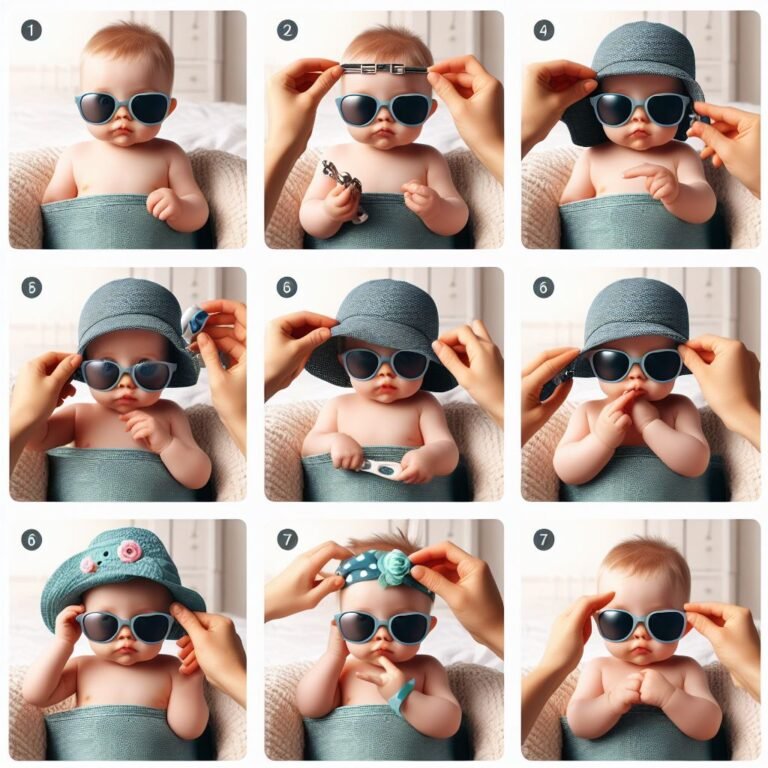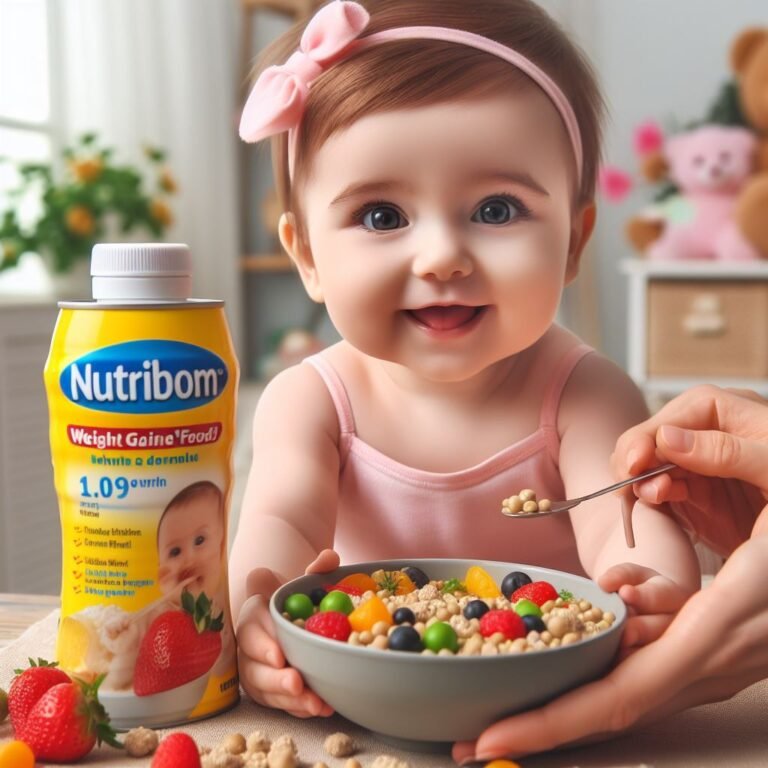How to Make Sure the Safety of Babies ?
While caring for babies is a joyous experience, ensuring their safety can often be a concern for parents and caregivers. Many may question how to create a secure environment for their little ones.
This article aims to address the safety of babies by providing practical tips and expert advice on babyproofing your home, safe sleep practices, choosing age-appropriate toys, preventing accidental injuries, and essential baby safety equipment.
By implementing these strategies, parents can have peace of mind, knowing they are serving their babies’ best interests.
Key Takeaways
- Identify and address potential hazards in the home, such as sharp corners, electrical outlets, and exposed wires.
- Follow safe sleep practices, including placing infants on their backs, using a firm mattress, and keeping the sleep area free from pillows and blankets.
- Choose safe and age-appropriate toys, considering the baby’s developmental stage and abilities, and avoiding toys with small parts, sharp edges, or toxic materials.
- Take preventive measures to reduce the risk of accidental injuries, such as keeping floors clear of hazards, installing safety gates, never leaving babies unattended, and supervising them during bath time.
Babyproofing Your Home
When it comes to ensuring the safety of babies, one crucial step is babyproofing your home. Babyproofing involves creating a safe environment for infants and toddlers by eliminating potential hazards and minimizing the risk of accidents or injuries. This is especially important as babies are naturally curious and prone to exploring their surroundings.
By taking the time to babyproof your home, you are creating a space that promotes their safety and well-being. To effectively babyproof your home, start by identifying potential dangers such as sharp corners, electrical outlets, and exposed wires. Install safety gates at the top and bottom of stairs, secure furniture to the walls to prevent tipping, and use safety covers on outlets. Keep small objects, choking hazards, and toxic substances out of reach. Additionally, ensure that all windows have secure locks and install window guards if necessary.
Safety of Babies: Safe Sleep Practices
One important aspect of ensuring the safety of babies is implementing three key safe sleep practices:
- Placing infants on their backs
- Using a firm mattress
- Keeping the sleeping area free from pillows and blankets
These practices are crucial to reducing the risk of Sudden Infant Death Syndrome (SIDS) and promoting a safe sleeping environment for babies.
To create a mental image of these safe sleep practices, imagine:
- The baby peacefully lying on their back, with their head turned to the side, on a firm mattress.
- This position helps to maintain an open airway and prevents the baby from rolling onto their stomach.
- The sleep area is free from pillows, stuffed animals, and blankets.
- This ensures that nothing obstructs the baby’s breathing and reduces the risk of suffocation.
Choosing Safe and Age-Appropriate Toys
Ensuring the safety of babies involves selecting toys that are both safe and age-appropriate. When choosing toys for babies, it is important to consider their developmental stage and abilities. Age-appropriate toys are designed to stimulate and engage babies while also being safe for their age group.
It is essential to avoid toys with small parts that can be a choking hazard, as well as toys with sharp edges or points that could cause injury. Additionally, toys should be free from toxic materials and should meet safety standards set by regulatory bodies.
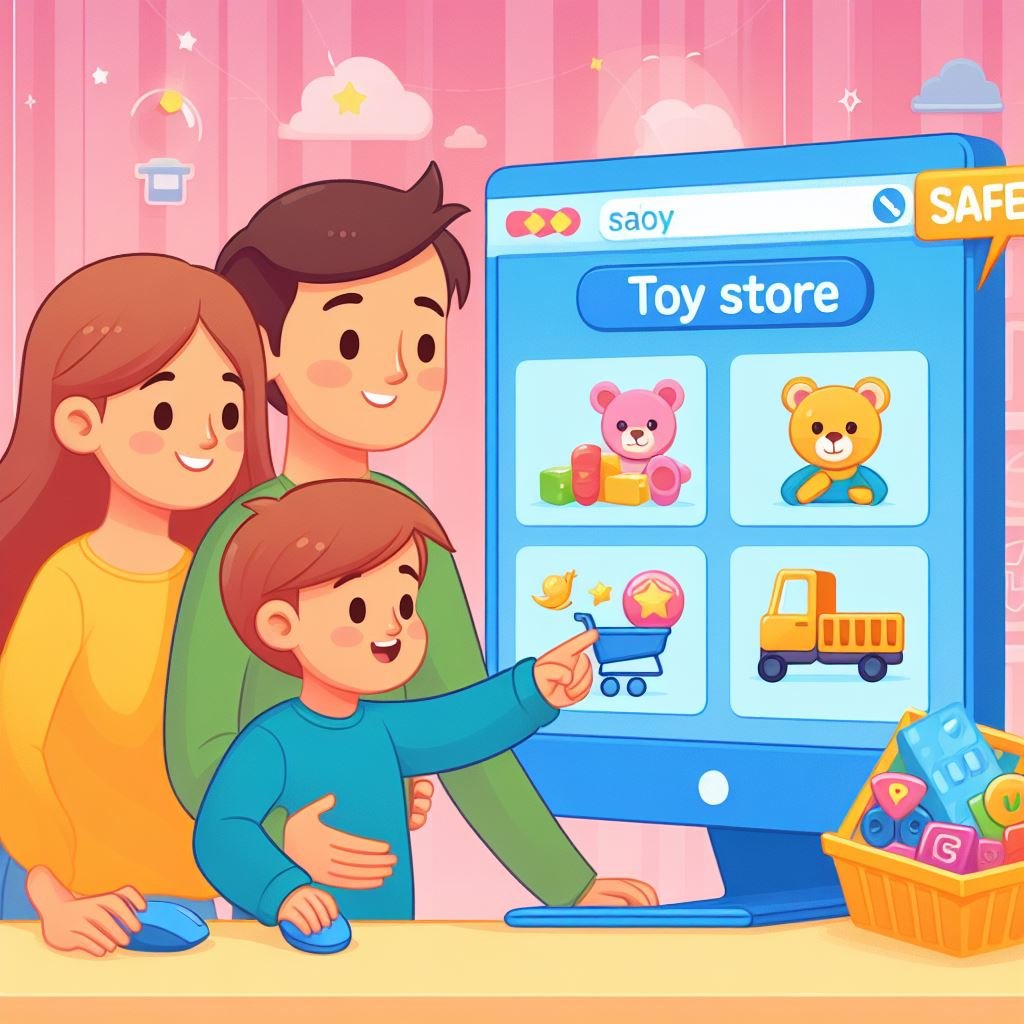
Preventing Accidental Injuries
By implementing proper safety measures and remaining vigilant, caregivers can effectively prevent accidental injuries in babies. Here are some essential tips to ensure the safety of babies:
- Creating a Safe Environment: Keep floors clear of hazards such as loose cords or small objects that babies can choke on.
- Install safety gates at the top and bottom of stairs to prevent falls.
- Supervising at All Times: Never leave babies unattended, even for a short period. Accidents can happen in an instant.
- Constantly supervise babies during bath time to prevent drowning incidents.
By following these safety measures, caregivers can significantly reduce the risk of accidental injuries.
It is crucial to prioritize the safety and well-being of babies, ensuring they grow and thrive in a secure environment. Remember, your attentive care can make a significant difference in preventing accidents and protecting precious lives.
Essential Baby Safety Equipment
When it comes to ensuring the safety of babies, having the right essential baby safety equipment is of utmost importance. These items are specifically designed to protect infants from potential hazards and accidents that can occur in their surroundings.
One essential piece of equipment is a baby monitor, which allows parents to keep an ear and eye on their little ones even when they are in a different room.
Another important tool is a baby gate, which helps create a safe space for babies by preventing them from accessing stairs or areas that may pose a danger.
Additionally, a baby car seat is crucial for safe transportation, as it provides protection in case of a car accident.
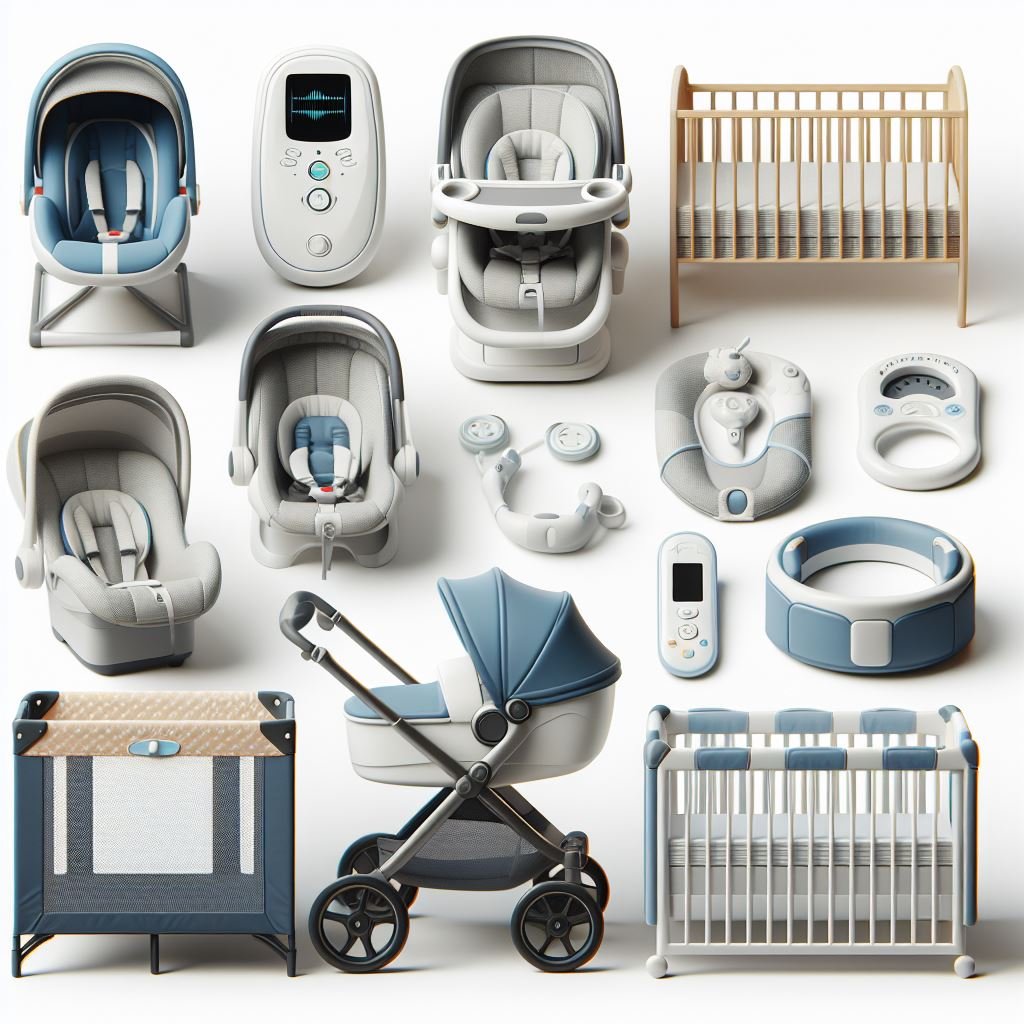
Other essential safety equipment includes cabinet latches, outlet covers, and baby-proofing locks for doors and windows.
Frequently Asked Questions
What Are the Best Ways to Prevent Choking Hazards for Babies?
To prevent choking hazards for babies, it is crucial to prioritize their safety. This can be achieved by ensuring that small objects, such as toys and food, are kept out of their reach and by closely monitoring their activities to minimize potential risks.
How Can I Ensure the Safety of My Baby Around Water?
To ensure the safety of a baby around water, it is important to never leave them unattended, always keep them within arm’s reach, and consider using safety devices such as life jackets or floatation devices.
Are There Any Specific Guidelines for Safe Babywearing?
When it comes to safe babywearing, there are specific guidelines to follow. These guidelines ensure that babies are securely and comfortably held, reducing the risk of accidents and promoting their safety and well-being.
What Should I Do if My Baby Falls off a Piece of Furniture?
If a baby falls off a piece of furniture, it is important to remain calm and assess the situation. Check for any signs of injury, provide comfort, and seek medical attention if necessary. Prevention measures should be taken to avoid such incidents in the future.
How Can I Protect My Baby From Common Household Toxins and Chemicals?
Protecting your baby from common household toxins and chemicals is crucial for their safety. To ensure this, take preventive measures such as storing chemicals out of reach, using natural cleaning products, and regularly ventilating your home.
Conclusion
In conclusion, ensuring the safety of babies requires careful attention to various aspects of their environment. By babyproofing your home, practicing safe sleep habits, choosing appropriate toys, and preventing accidental injuries, you can create a secure and nurturing space for your little ones.
Investing in essential baby safety equipment further enhances their protection. By balancing the joy of exploration with the need for safety, parents can foster an environment that promotes the healthy growth and development of their precious babies.
